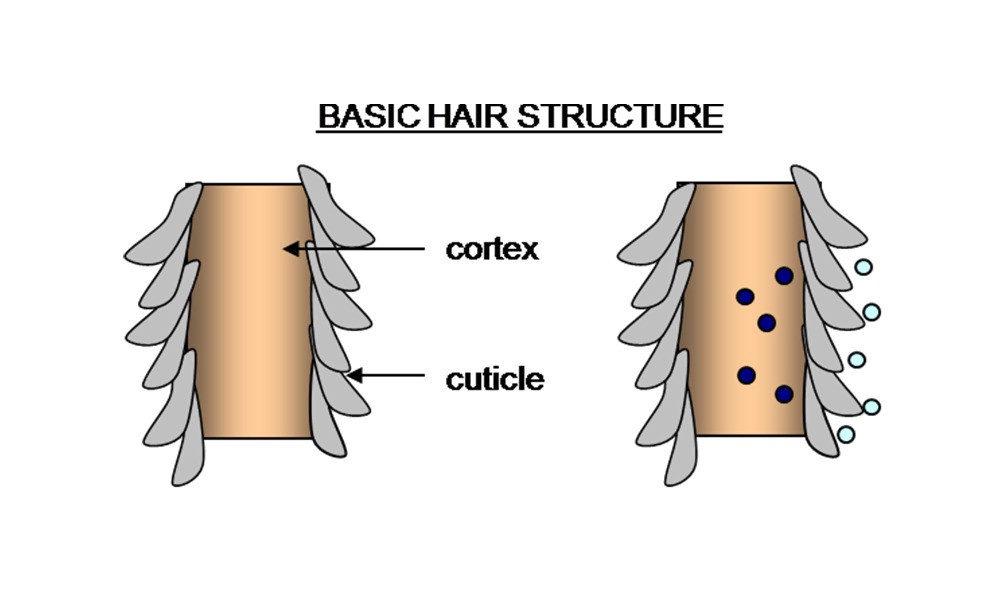A Brief Guide to The Biology of Your Hair System
People seldom think about it, but the human hair is a complex entity than it appears. Unique as it is, it is one of the characteristic features that distinguish human beings from other mammals.
Among its several functions, your hair serves to protect your skin against environmental factors, helps in regulation of heat in the body, produce sebum and also has a role to play in the social and sexual interaction of an individual. The latter is the reason why so many people with androgenetic alopecia are concerned about loss of their hair and finding the right treatment option for it.
Notably, your hair has follicles which serve as a reservoir for stem cells. It is also one of the few sites in the body that are immune-privileged – that is: it rarely gets infections.
But how does hair grow? What is its structure? This article will serve to guide you on the biology of your hair system in the most straightforward manner.
Where It All Starts – The Morphology of Hair Follicle
Just like most other components of the body, the hair system starts developing while the baby is still in the uterus. During this period, specific genes determine the exact places in the body where hair follicles are to be placed and are responsible for both the spacing and distribution of the hair follicles.
The Anatomy of The Hair System
As you may have noticed, almost your entire body is covered by hairs except for your palms, the soles of your feet, external genitalia, and the mucosal surface of your lips.
Most of the hairs on the body are tiny and colorless. However, areas like the scalp, eyelashes, and eyebrows have highly pigmented thicker and longer hair.
Generally, the hair has two main parts: the living part is called the follicle and is located under the skin. The nonliving part is the shaft and is found above the skin.
The Follicle
For an average human being, there are about 5 million hair follicles. About 100 000 of these are located on the scalp. The follicle is the living part of your hair, lined by numerous cells and connective tissue.
At the base of the follicle, there is a papilla which is richly supplied by nutrients from the underlying blood vessels (capillaries). Within the follicles, there is also a structure called the germinal matrix which contains the cells responsible for producing new hairs.
Surrounding both the papilla and the germinal matrix is a stocking-like structure called the bulb. The bulb also contains stem cells that are characteristically known to divide every 23 to 72 hours, faster than any other cells in the body.
An inner and an outer sheath surrounds the follicle to help protect and mold the hair shaft as it grows from the follicle. Attached to the outer sheath is a tiny muscle called the erector pili muscle. When this muscle contracts, it makes the hair to stand erect, forming what is commonly known as goosebumps on the skin surface.
The Hair Shaft
The hair shaft has three layers: the cuticle, the cortex, and the medulla.
Medulla innermost layer. This layer isn’t always present. Its presence is dependent on the type of hair.
The cortex forms the middle layer and is what makes up the majority of the hair shaft. Together with the medulla, they contain melanocyte cells, which gives the hair its characteristic pigmentation.
The outermost layer of the shaft is called the cuticle. It is formed by scales that are packed tightly. It is this outer layer that is the target of hair conditioning products which work by smoothening out its structure.
How Does the Hair Grow?
Just like in other mammals, the human hair grows in cycles. The only difference is that the cycle of hair growth in humans is random while that in other mammals is seasonal.
The reason why human hair grows at any time is that hairs are always in various stages. The stages of hair growth are three: anagen, catagen, and telogen.
Stage 1: Anagen phase – this is the phase of rapid hair growth. It lasts for about 3 to 4 years. In the anagen phase, hair grows for about 1 centimeter every 28 days. People with a short anagen phase tend to have problems growing their hair beyond a certain length.
Stage 2: Catagen phase – is the transition phase. At any given time, about 3% of all hairs are in this phase. It lasts for about three weeks, and the growth rate generally slows down during this period.
Stage 3: Telogen phase – this is the resting phase. At any given time, about 15% of hairs are in this phase. It lasts for about three months.
Conclusion
At face value, hair seems like a simple structure, but it is not. Understanding the biology of the hair system makes it easier for you to know how to care for your hair. It helps you determine the best conditioning products to use and understand how they work. This information also enables you to cope with the challenges you have concerning your hair growth.

